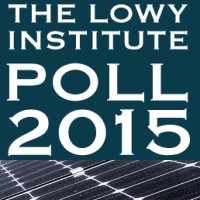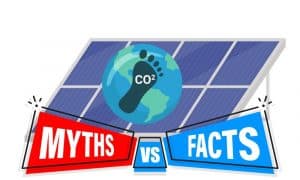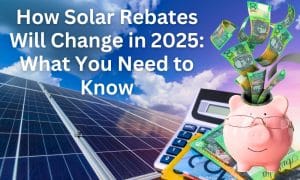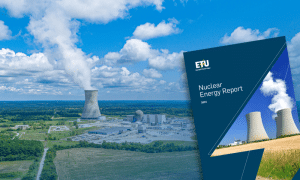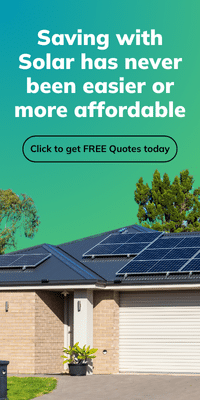The extent solar power has captured the imagination of Australians is evident in the latest Lowy Institute Poll.
When respondents in this year’s poll were presented with seven sources of energy and asked ‘which one of these energy sources do you think will be our primary source of electricity ten years from now’, ‘solar energy’ came up trumps by a wide margin.
43% of the adult population surveyed said solar ‘will be our primary source of electricity 10 years from now,” even though it currently only represents 2% of the nation’s generation capacity and is unlikely to match the level of optimism by 2025. Wind power is still ahead of solar in terms of current generation (3%).
One of the powerful public relations tools solar power has had in its arsenal is its visibility. Visit any street in suburban or rural Australia and chances are there will be one or more rooftop solar panel systems. In South Australia, more than 25% of households are now slashing their electricity bills by making better use of their otherwise wasted rooftop real estate. With that sort of saturation, it’s little wonder Australians have such enthusiasm about solar power systems becoming the nation’s major source of electricity so soon.

Solar hasn’t had an easy ride though – it’s seen its fair share of challenges and detractors. At one point it seemed a new myth was being bandied about mainstream media every other day. The truth prevailed and more than 1.4 million Australian households have been inspired by the idea of generating their own electricity – and inspired enough to install a system.
Back to the poll – coal, which still rules the roost in Australia’s energy mix (46% of electricity generation), was selected by only 17% as being Australia’s primary source of electricity a decade from now.
While it may be perhaps wishful thinking that solar panels will be Australia’s major energy source in 2025, nuclear power being so is definitely pie-in-the-sky territory.
Building a single significant nuclear power plant takes around 5 to 7 years – and that doesn’t include the time required for planning and permits. Some plants take decades to build and Australia has none to act as template. Additionally, Australia has legislation in place to prevent construction of nuclear power plants by the states without federal approval. However, it would seem 13% of those surveyed; more than for ‘natural gas’ (10%),‘wind’ (7%), and ‘hydroelectric power’ (6%), may not be aware of this.
The full Lowy Institute Poll 2015 report can be viewed here (PDF). A total of 1200 interviews were conducted for the Poll, with a sample designed to be nationally representative of all Australians 18 years and older.
A recent study commissioned by the Australian Renewable Energy Agency (ARENA) also showed how popular home solar is in Australia. Results of an accompanying survey show 87% of respondents were somewhat or strongly in favour of home solar power, followed by 78% approving large scale solar facilities.











